Can You Freeze Asparagus?
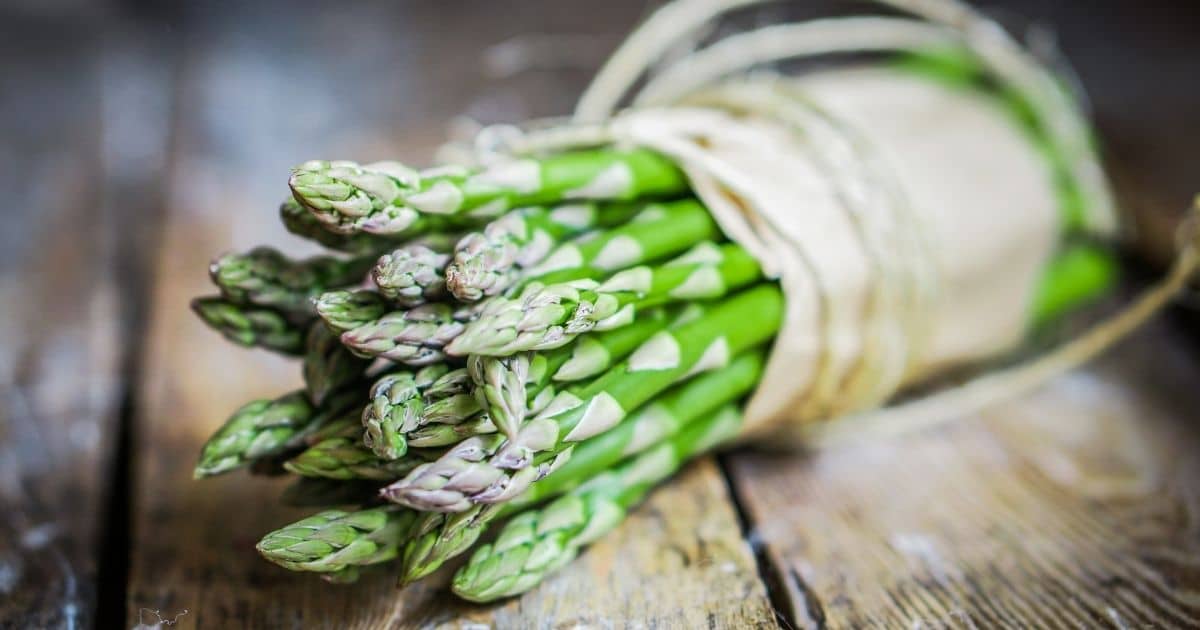
Asparagus is a tricky vegetable. It is delicious, nutritious, and it works well in various recipes. The unfortunate trade-off for these good qualities is that asparagus goes off quickly. It is difficult to find when it is not in season.
Fortunately, you can freeze asparagus by blanching or steaming it first, then placing it in a freezer-safe bag or container where it can keep for 10-12 months. Preventing asparagus from exposure to the air is the key to it keeping well. It is a great candidate for vacuum-freezing if you have that option available to you.
Like freezing other vegetables, asparagus requires a bit of know-how and a willingness to prepare it as best as possible. Read on to learn more about this versatile vegetable and how you can keep it fresh and tasty for all of those out of season dinners.
Why Freeze Asparagus?
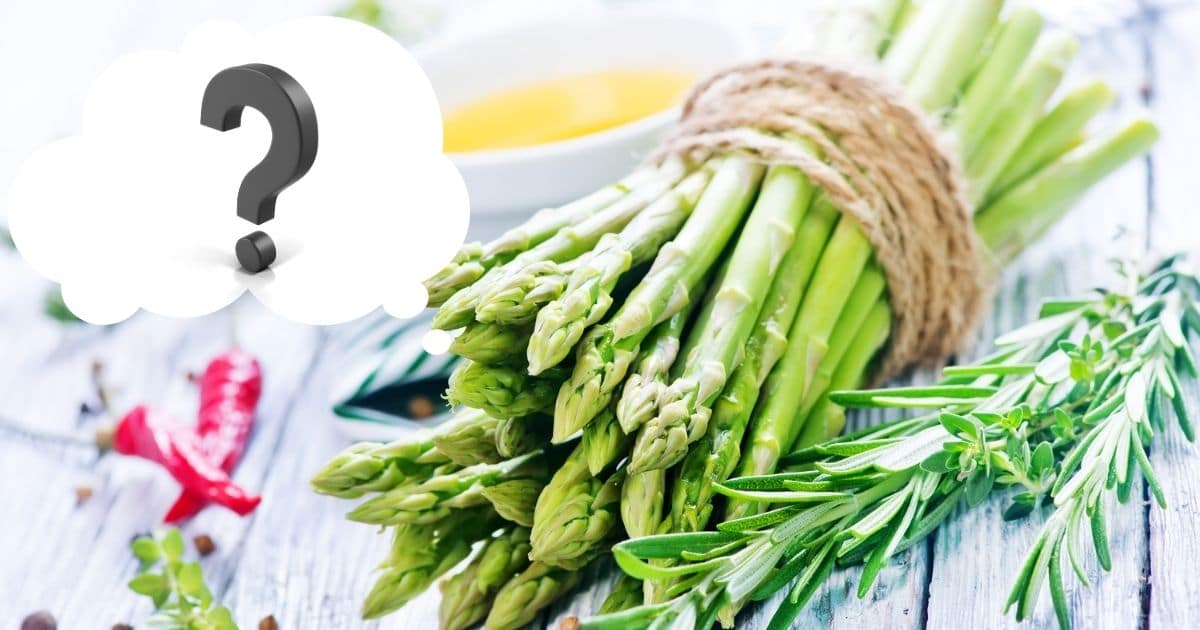
When it is in season, asparagus is a popular vegetable for its delicious flavor and nutritional content. It is a perfect choice for freezing because it allows asparagus fans to access this delightful vegetable regardless of the time of year.
Asparagus is very low in calories but contains a whole host of essential nutrients, for example, one half-cup of cooked asparagus contains 20 calories and 57% of your recommended daily intake of Vitamin K. You can find out more about its health benefits here.
Asparagus also contains small amounts of iron, zinc, and riboflavin. It is a reasonably good source of antioxidants, which help protect your cells from the harmful effects of free radicals and oxidative stress.
One interesting aspect of purple asparagus is that it contains unique pigments referred to as anthocyanins. This gives the vegetable its expressive color. It also has additional antioxidant effects on the body when consumed.
Understanding Blanching

Before diving into the steps for freezing asparagus, it’s essential to learn about blanching. A handful of vegetables don’t require blanching to preserve them. However, most need this process to maintain their color and some of their texture.
According to the National Center for Home Food Preservation, blanching is the process of scalding vegetables with boiling water or steam for a short time. This stops the enzyme action that damages the flavor, color, and texture of your vegetables.
The time spent blanching is vital to the success of this process. It varies dramatically between different vegetables and various sizes of vegetables. If you under-blanch your vegetables, it stimulates the activity of the enzymes. It is actually worse than if you hadn’t blanched them at all. Conversely, over-blanching your vegetables will cause a significant loss of flavor, color, vitamins, and minerals.
The secondary part of the blanching process is cooling the vegetables after they have been blanched. Your vegetables need to be cooled quickly and entirely through to stop the cooking process. This step can be accomplished in various ways, though a bowl of ice water next to the pot of boiling water is the simplest and fastest. Generally speaking, cooling your vegetables should take about the same length of time that blanching them does.
Best Ways To Freeze Asparagus
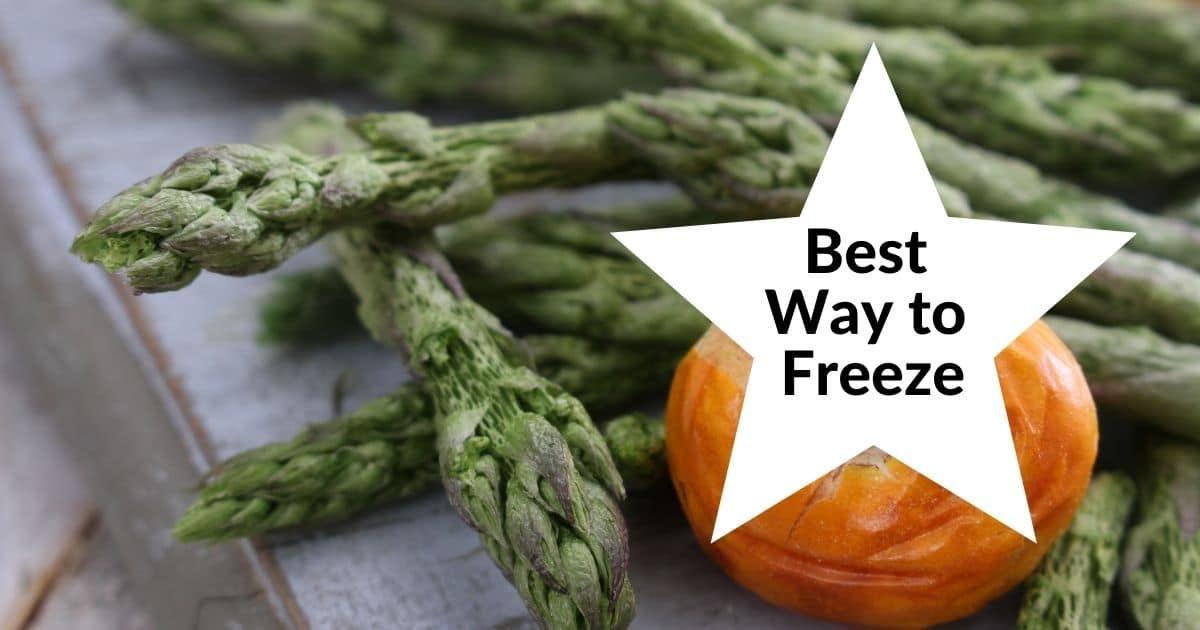
Now that we understand the importance of blanching, it’s time to go over the specific process for blanching asparagus. Like most vegetables, blanching and freezing asparagus works best if you can start the process with incredibly fresh veggies. So if you find yourself with a considerable amount of asparagus, thanks to a sale at the grocery store or farmer’s market, set aside as much as you think you can eat. Then immediately prepare the rest for freezing.
It is important to note that you may have slightly different blanching times per spear because asparagus can vary significantly in size. Thin asparagus spears only require about two minutes of blanching. In contrast, thick spears can require up to five minutes of blanching time, with in-between sizes taking around three or four minutes. Use your best judgment when estimating the blanching times, and ensure that you do not over-blanch your asparagus.
Blanching And Freezing Asparagus In Boiling Water
Step One
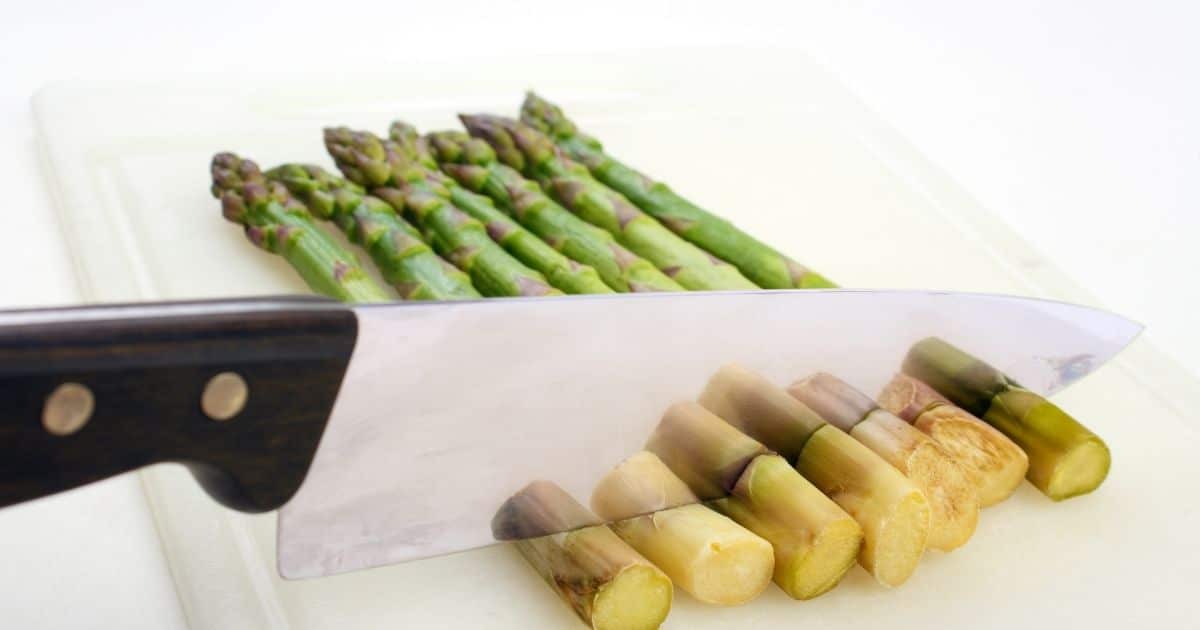
Trim the tough bottoms of the stems from your fresh spears of asparagus. If you wish, you can peel and freeze these pieces for use in recipes like asparagus soup, but they are often discarded. At this stage, you can either leave your spears whole or slice them into small pieces between one and two inches long.
Step Two

Bring a pot of water to a boil. Place a bowl of ice-cold water next to it on your countertop.
Step Three
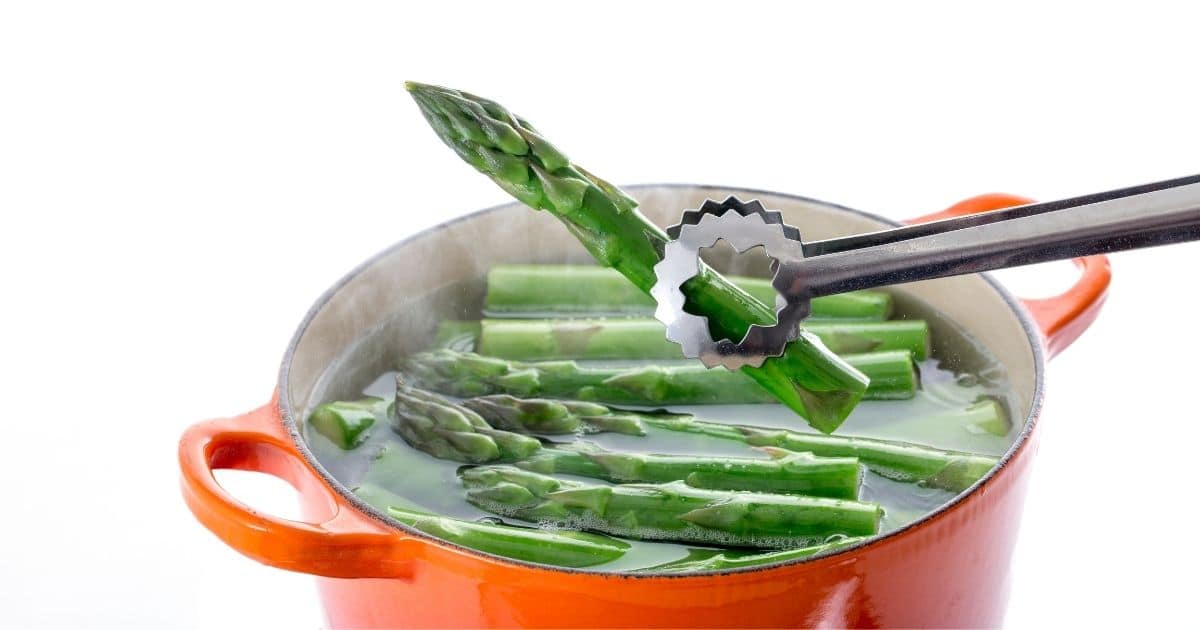
Using a long-handled strainer or a slotted spoon, add up to one pound of your asparagus spears or pieces to the boiling water at a time. Let them cook in boiling water for between 2-5 minutes, depending on their size. You will know they are ready when they appear bright green and tender.
Step Four
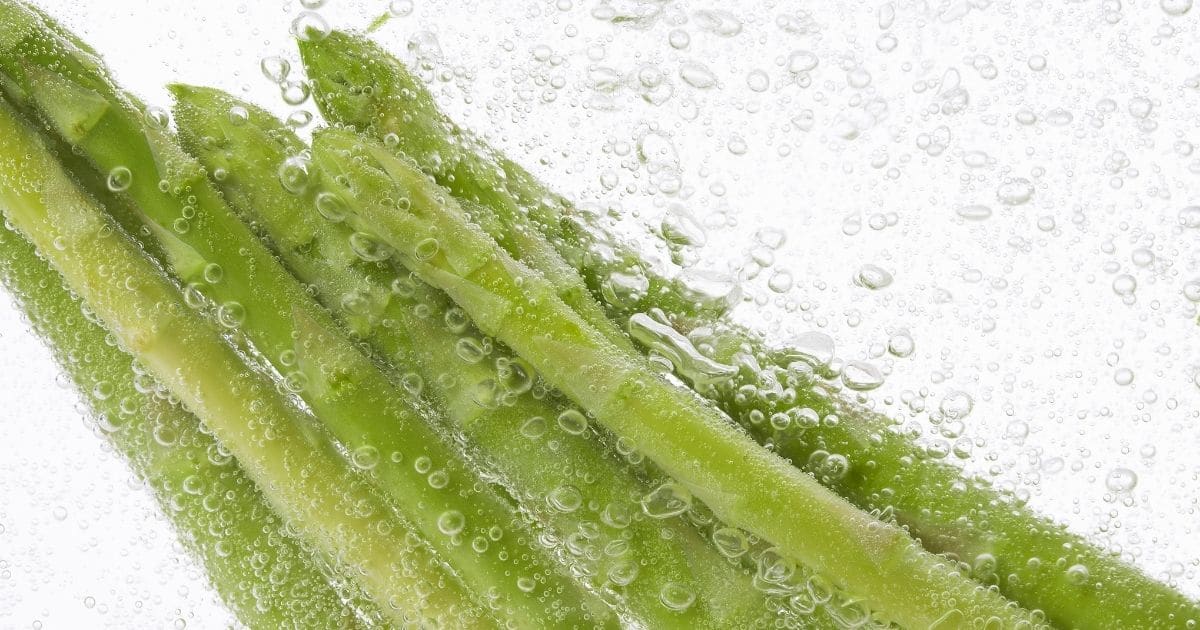
Once the blanching time is up and they show the signs of completion mentioned above, use your strainer or spoon to immediately submerge your asparagus in the bowl of ice-cold water. Leave the spears or pieces in the cold water for the same length of time as they were blanched for, and ensure that they are cooled all the way through when you remove them.
Step Five
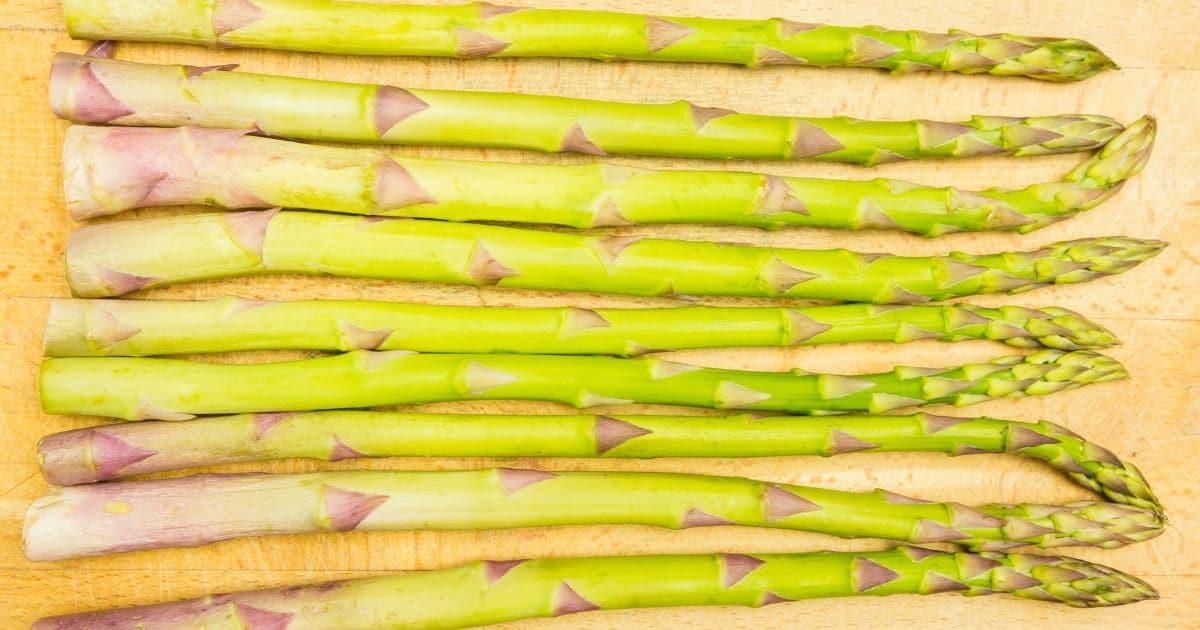
Drain the water from the bowl, and lay your asparagus on a clean towel or paper towel to begin drying them. You will likely need to pat your asparagus down with additional towels to ensure that they dry thoroughly. They need to be as dry as possible before moving onto the next step.
Step Six
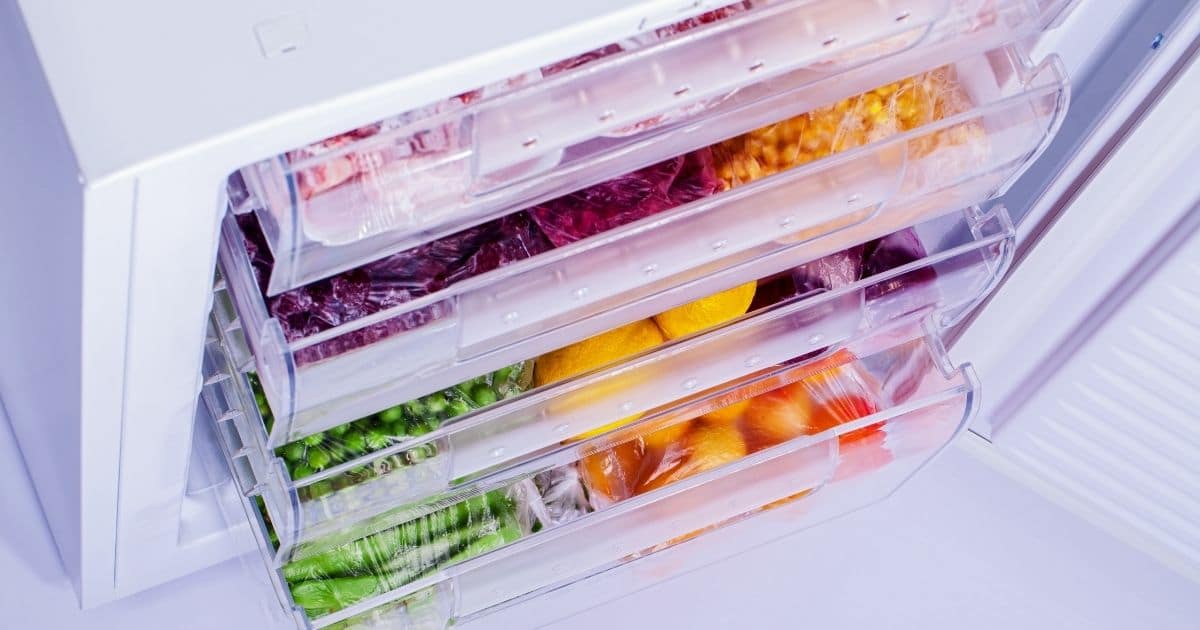
For better separation between your frozen veggies, you can spread your blanched asparagus spears or pieces on a parchment paper-lined baking sheet. Place the sheet in the freezer for about two hours. Completing this step before tossing your asparagus into a freezer bag for their long-term storage ensures that the pieces will not stick together in a clump. This would happen if they were placed into a freezer bag immediately after drying.
Blanching And Freezing Asparagus With A Steaming Basket
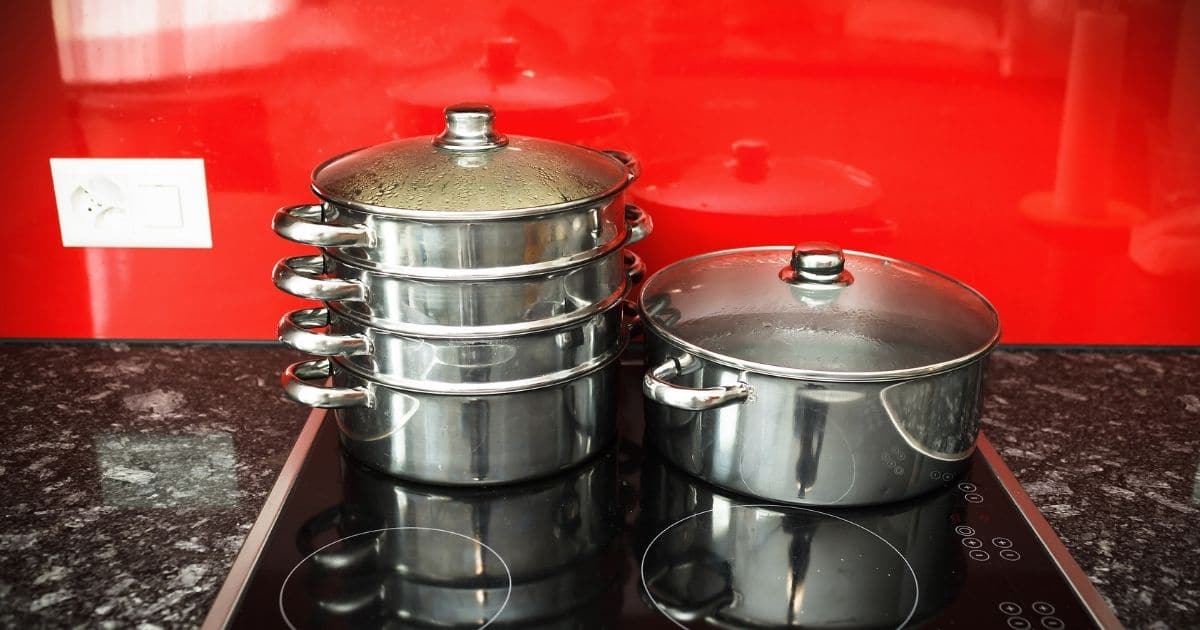
Some people who own steaming baskets prefer to use steam to blanch their asparagus instead of boiling water. While neither method is explicitly better or worse than the other, it is essential to note that steaming does take longer to work. Therefore, expect that your blanching time will increase by approximately 1.5 times if you go with this method instead of blanching with boiling water.
Aside from the increased cooking time, blanching asparagus using a steaming basket is the same as placing the asparagus in boiling water. Be careful not to scald yourself with the steam. Use your steaming basket to cool the asparagus in the same way you would with the boiling water.
When freezing your asparagus, try not to overcrowd each freezer bag or container. These vegetables are delicate and will freeze more effectively if they are left in a single layer. Additionally, ensure that you remove as much air as possible from the bags before placing them in the freezer. As long as you follow all the blanching and storage steps correctly, your asparagus should last in the freezer for up to twelve months.
Thawing and Using Your Frozen Asparagus
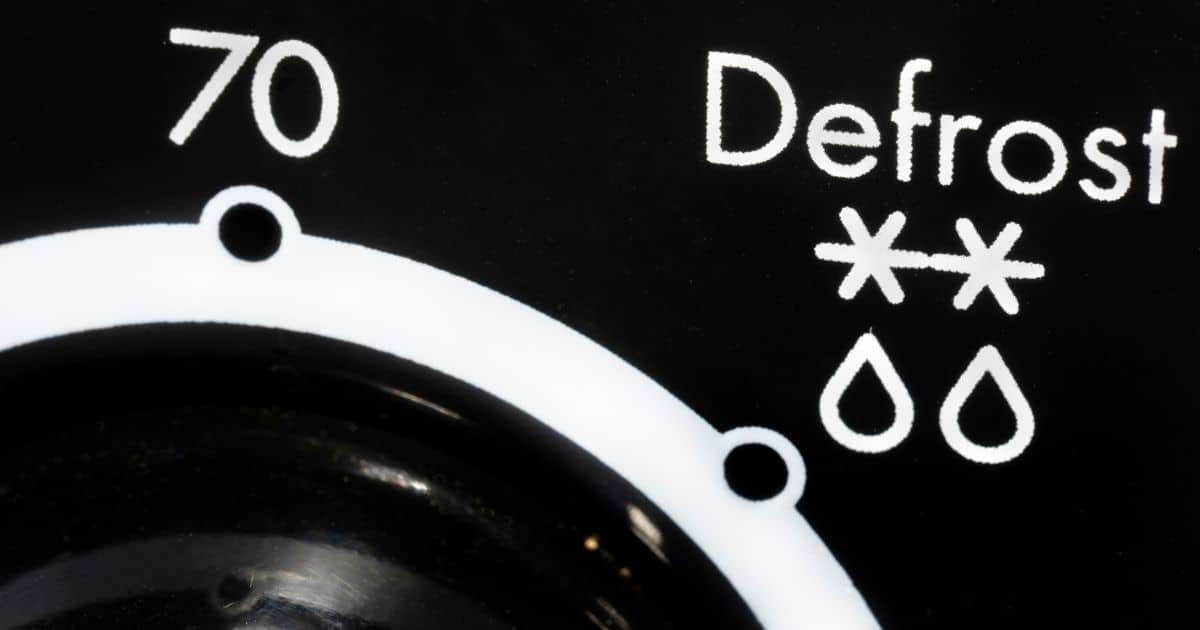
Asparagus will lose a significant portion of its crispness while it is in the freezer, so it may not be ideal as a side dish individually. Still, it is an excellent choice for adding to dishes that benefit from a tender texture. One of the best parts of this is that asparagus generally does not require thawing for most of these recipes and can be cooked fully from frozen.
Some of the best dishes that benefit from frozen asparagus are soups, pasta sauces, and casseroles. Remember that frozen asparagus maintains the same flavor and color as its fresh variant. Only the texture should change if you have followed the steps outlined above. Experiment with as many recipes as you like, and you will be amazed at the versatility that frozen asparagus brings to your kitchen.
Finding The Best Asparagus
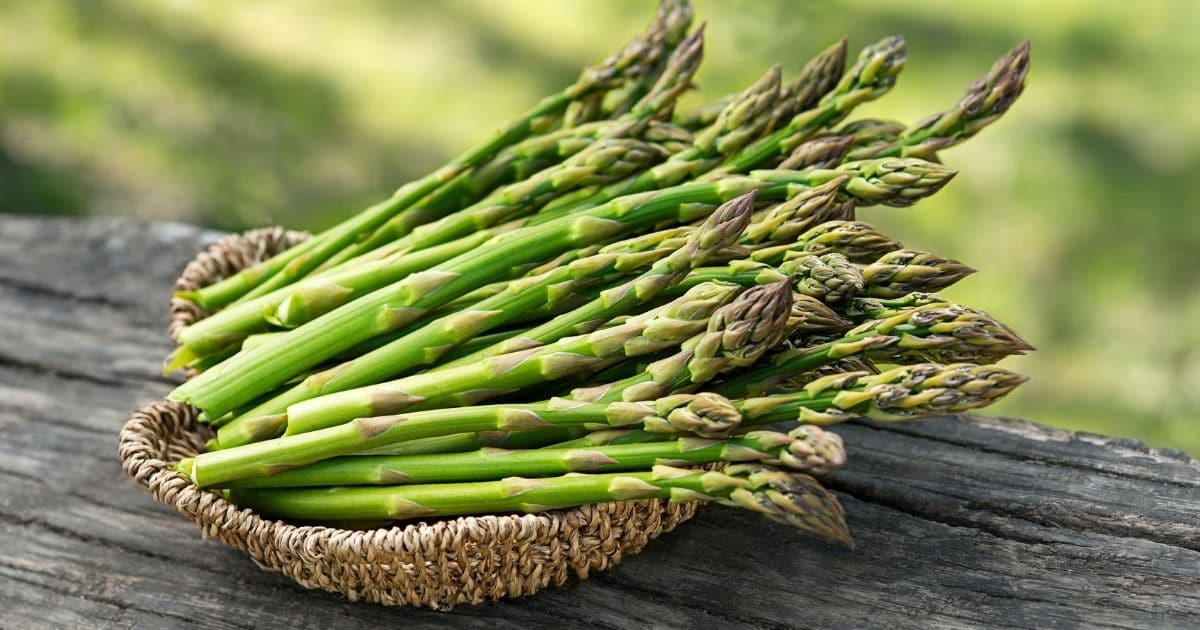
Thanks to its reasonable price and generally accessible nature, asparagus is very easy to add to most people’s diets. When you are shopping for asparagus, try to find stalks that are not excessively large, as the flavor of smaller ones tends to be a bit better. Additionally, when you are shopping, look for firm and slightly bendy stems with tightly closed tips.
If you have a green thumb and are interested in growing your own asparagus to supplement your home-garden, be prepared to be in it for the long haul. Asparagus is a perennial vegetable that will grow fresh spears for you with very little space and minimal effort. However, it takes three years for asparagus plants to mature completely.
Only The Best Frozen Asparagus
Whether you choose to grow your own, buy it from the grocery store, or pick it up from the local farmer’s market, asparagus is undeniably a perfect vegetable for freezing. Having frozen asparagus ready at a moment’s notice will ensure that you can enjoy this vegetable any time of the year.
Next time you have a chance to pick up some extra asparagus spears, don’t hesitate. All it takes to have this tasty veggie available all year-round is a bit of preparation, patience, and of course, freezer space!